KATIE BENNETT, Clear Creek Naturalist
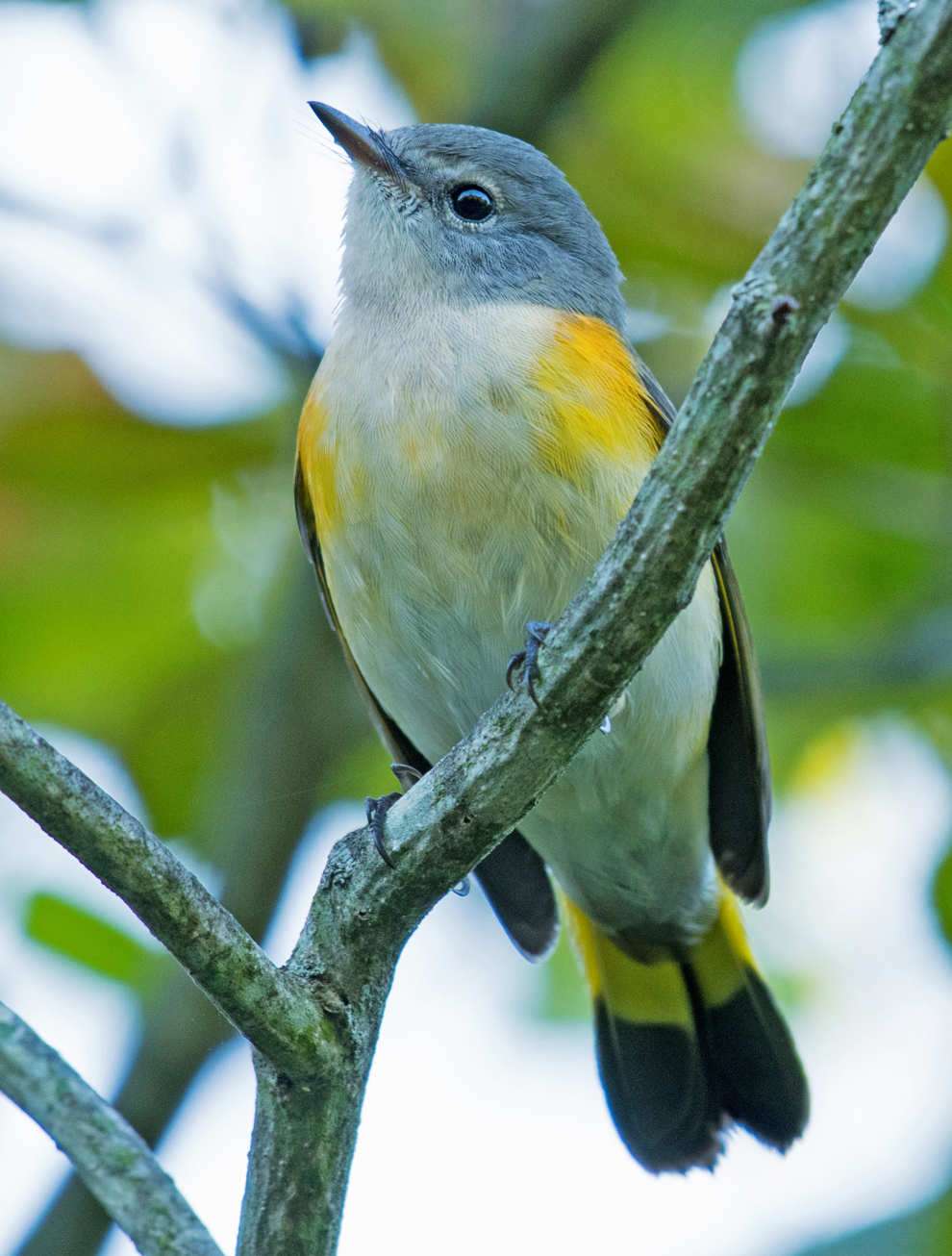
Fall in Ohio welcomes cooler temperatures, a painted landscape and significant activity among our avian friends. The changing weather, a safe place to rest and abundant food attracts a variety of birds to our Metro Parks during September, October and November. Whether you’re looking to add another bird to your lifetime list or just out to enjoy nature, fall creates new opportunities for bird watching. Grab your binoculars and head out to your favorite Metro Park to experience the excitement of fall migration!
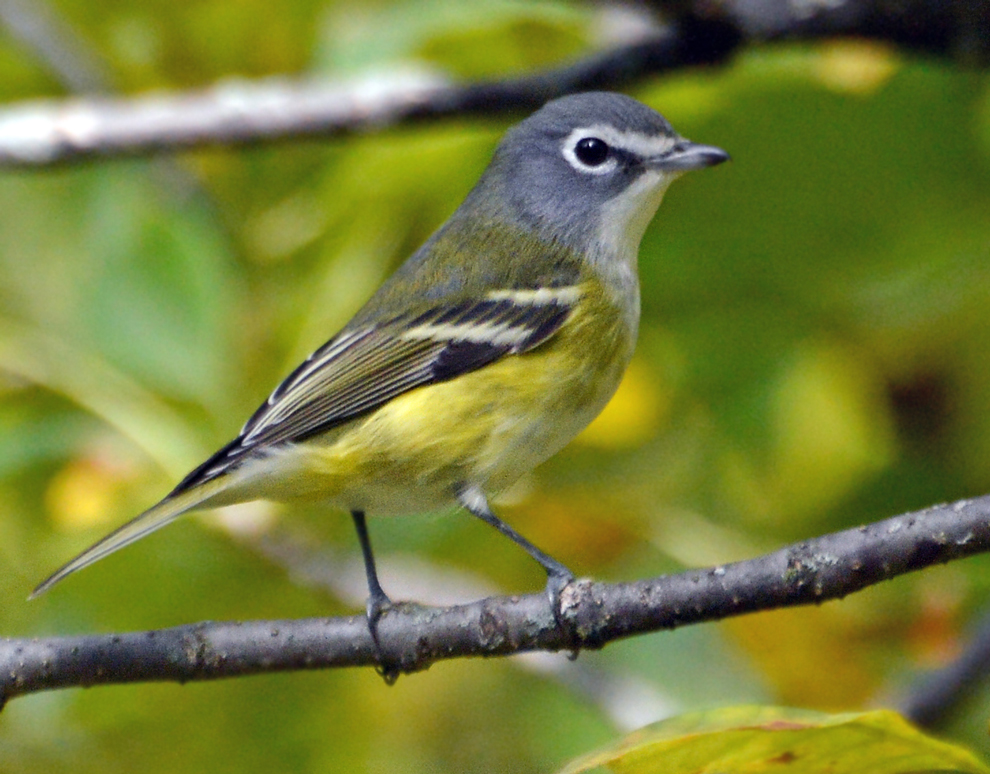
Songbird migration peaks during September. Warblers, thrushes, vireos and flycatchers are often seen passing through as they head towards their wintering grounds. Migrating hawks and shorebirds are just beginning their fall migration during this time of year.

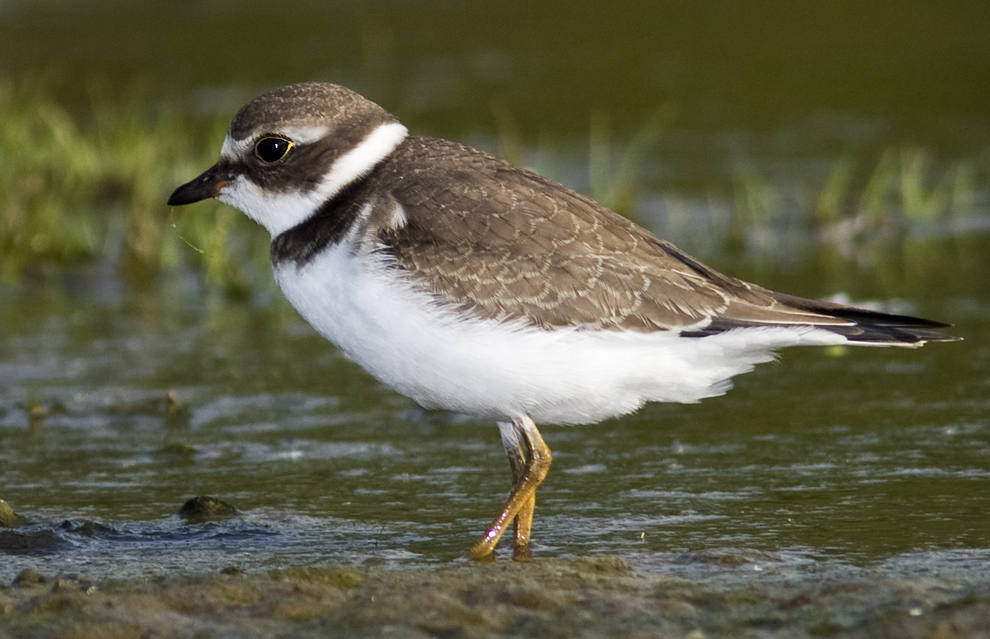
Warbler activity begins to fade in mid-October and is replaced with movement among waterfowl and returning winter visitors as November arrives; Ruby- and golden-crowned kinglets, American tree and white-throated sparrows and dark-eyed juncos to name a few.
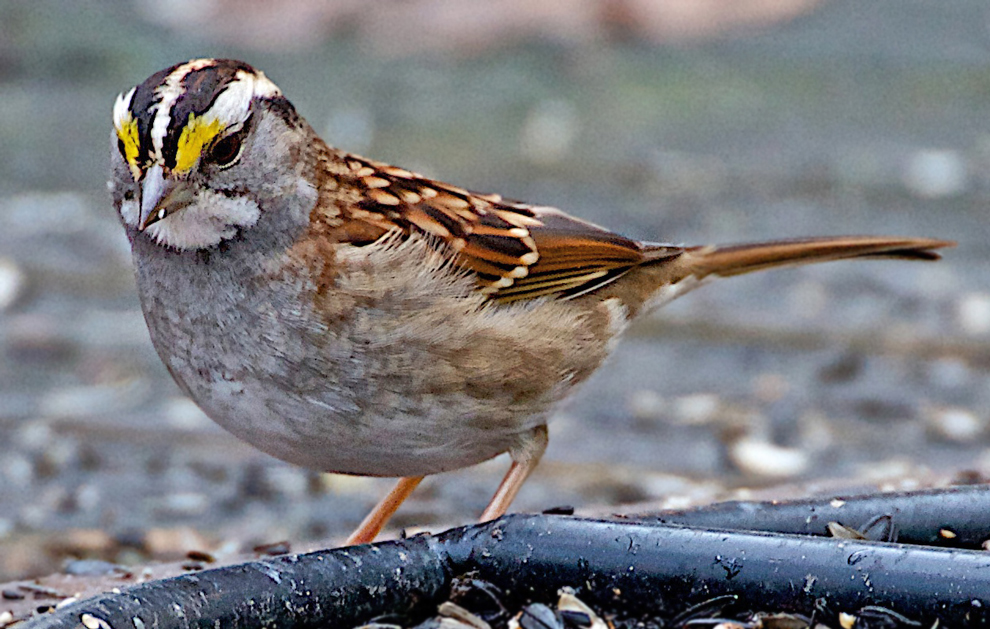
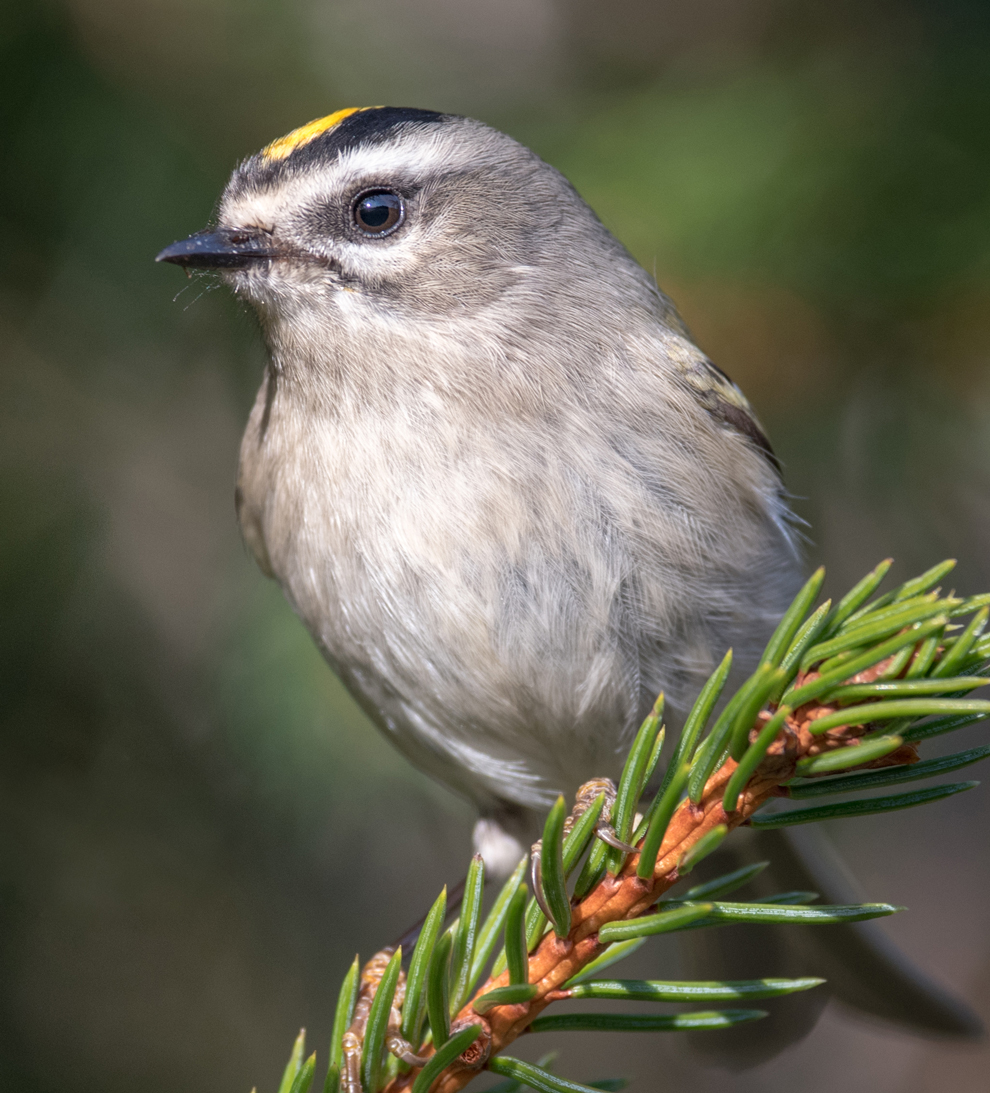
Blacklick Woods is a great place to kick off fall migration. Check out the Buttonbush, Maple or Multipurpose trails for fantastic views of migrating songbirds. As temperatures begin to drop, stop by the nature center for views of late-fall and winter visitors.
Warblers
If you’re excited about warblers, Scioto Audobon has ample viewing opportunities. The park is part of the Scioto-Greenlawn Important Bird Area and considered a hotspot for bird viewing. The wetlands, observation decks in the southeast portions of the park, and the greenway trail along the Scioto River are excellent locations in the park for birding. American redstart, blackpoll, Canada, Cape May, magnolia and prothonotory are just a few of the warblers you might capture through your binoculars.
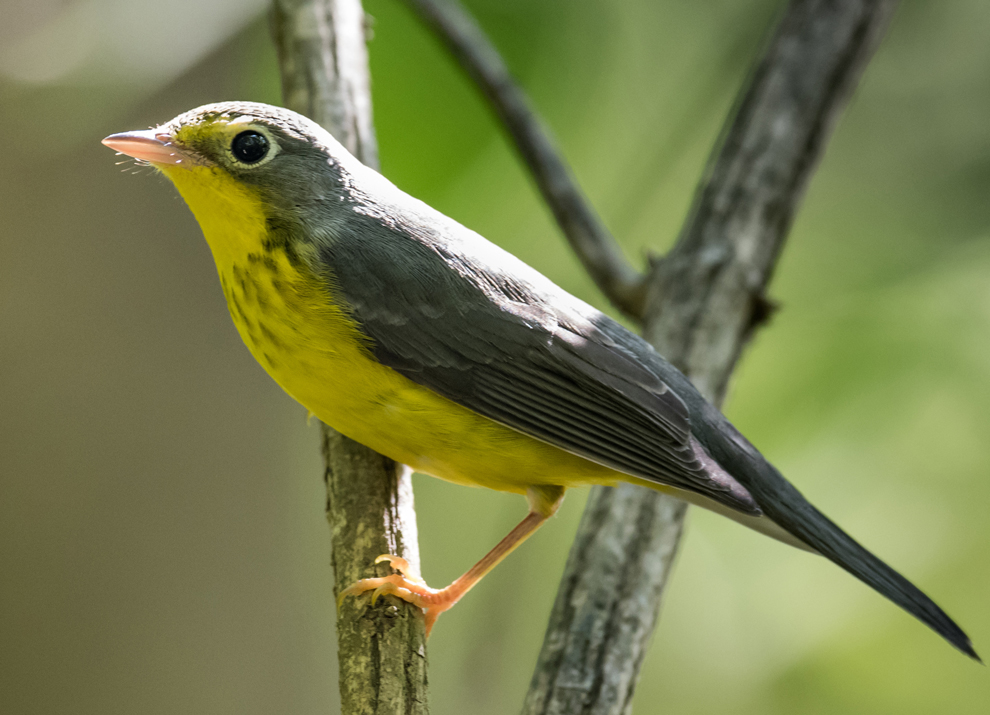
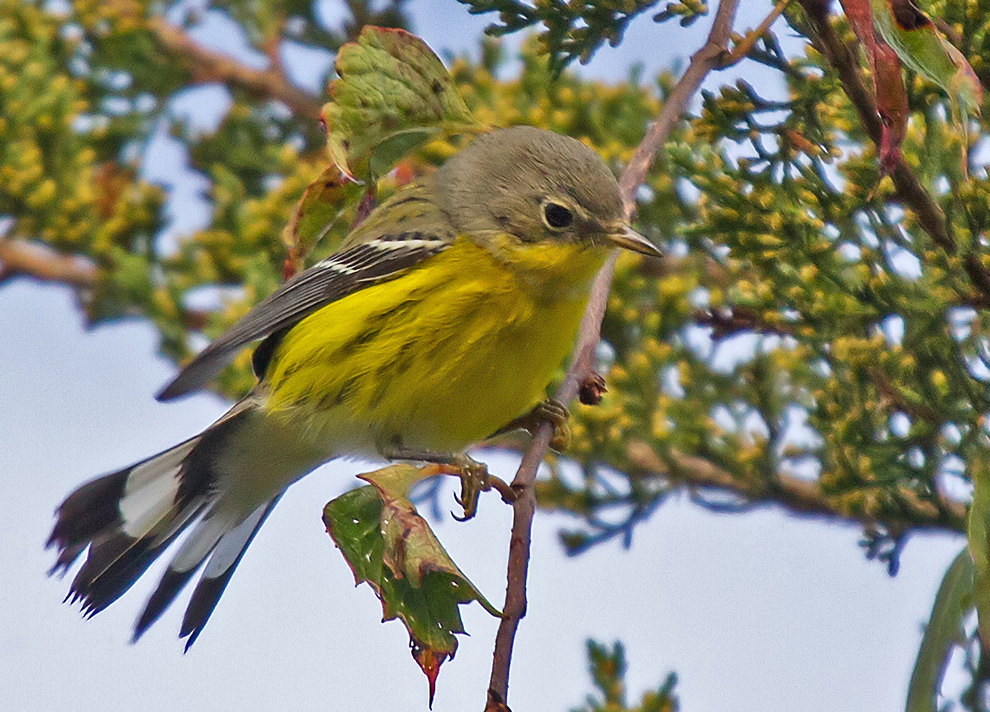
Shorebirds
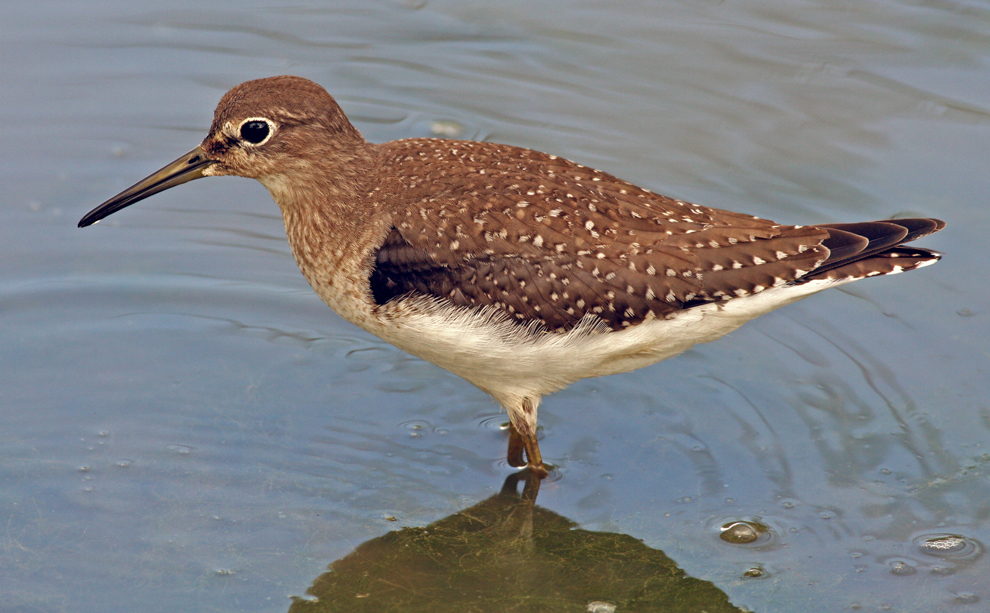
Check out Battelle Darby Creek for shorebird and waterfowl viewing opportunities. The Teal Trail (located on the east side of Darby Creek Drive) is a favorite location among birders.
Shorebirds in the plover and sandpiper families as well as the greater and lesser yellowlegs are often spotted. As waterfowl enter the scene, the American wigeon, northern pintail and northern shoveler also visit the wetlands along this trail.
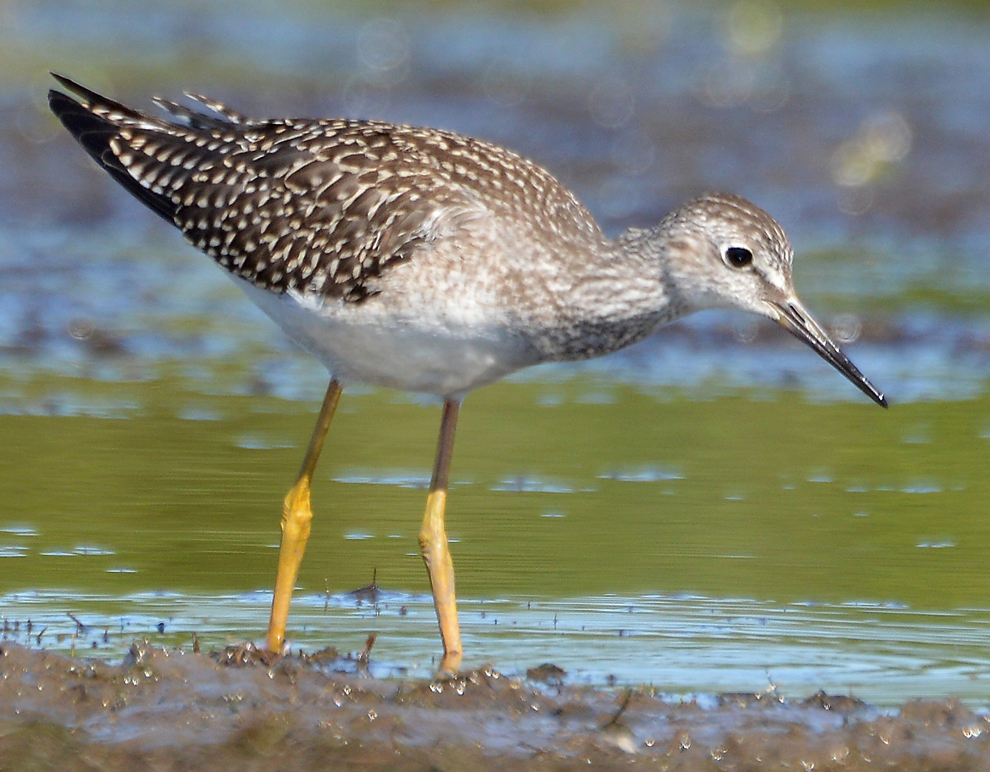
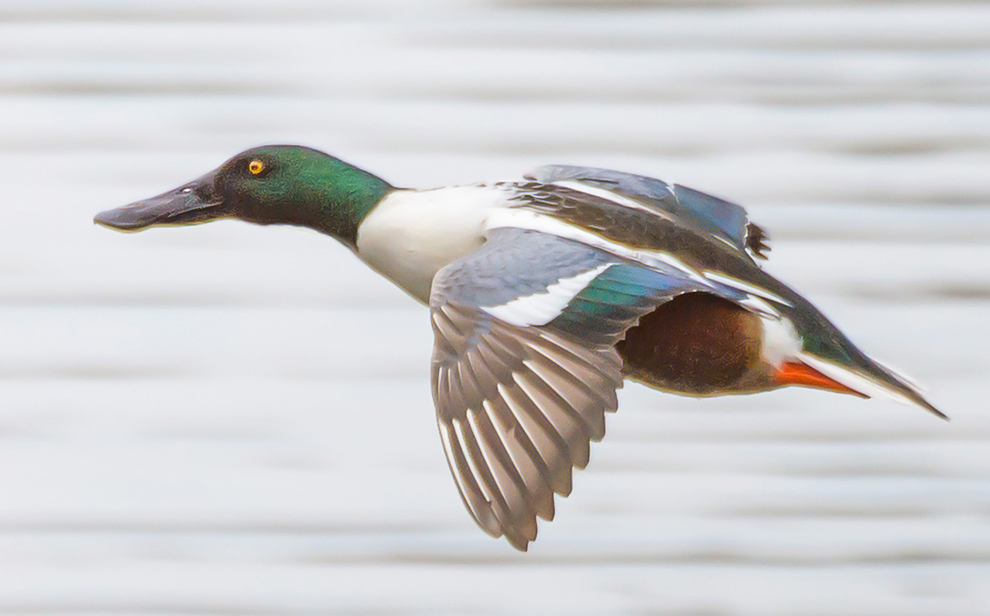
Birding in the fall presents a few challenges. Here are a few tips to consider before you head out to your favorite birding spot:
Watch the weather for success: Fall cold fronts are followed by dry cool air and create favorable conditions for migrating birds. The day immediately following a cold front is the best day to get out for birding.
Brush up on your identification skills: Many migrating birds look completely different in the fall, especially warblers. Check your field guide for non-breeding plumage and key identifying characteristics.
Visit your favorite birding spot frequently: The potential for daily and even hourly change is high during fall migration. Visit your favorite birding locations often to spot new species passing through.
Stop and look: The chorus of bird songs that serve as clues during spring migration are lacking in the fall. Take the time to scan trees and watch closely for movement.
I fondly recall birding several years ago during the fall at Battelle Darby Creek and spotting a sandhill crane for the first time. Many birders have witnessed the graceful flight of this bird, but it was a first for me.
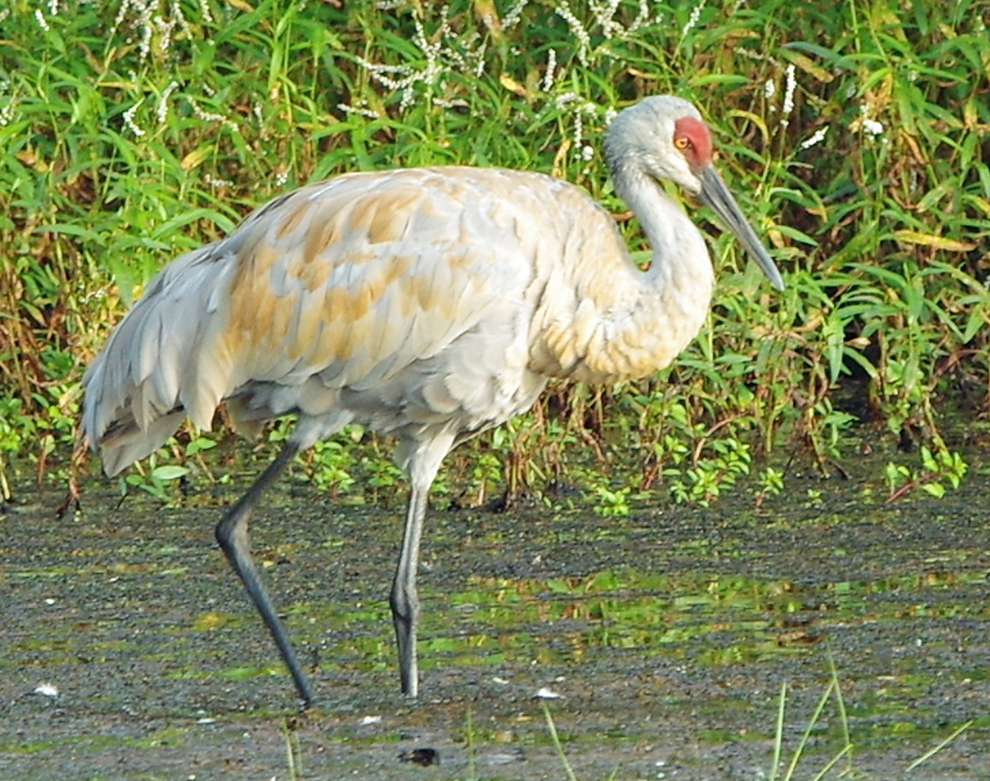
The excitement that surrounds seeing a bird for the first time is well known among birders; the possibility of spotting a rare or unexpected species is reason enough for me to hit the trails this time of the year. I hope it prompts you to do the same and for you to see a few new birds along the way.
